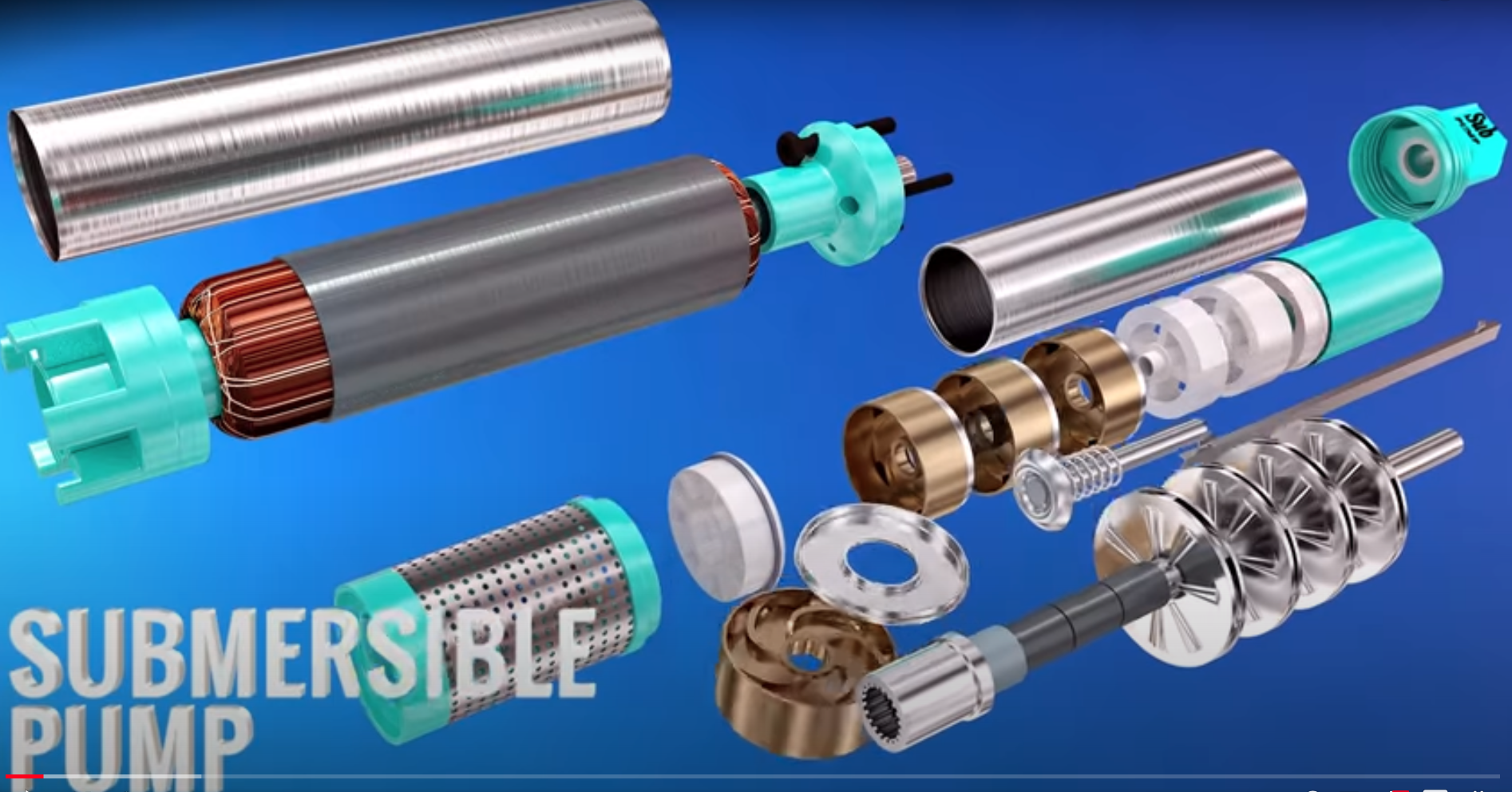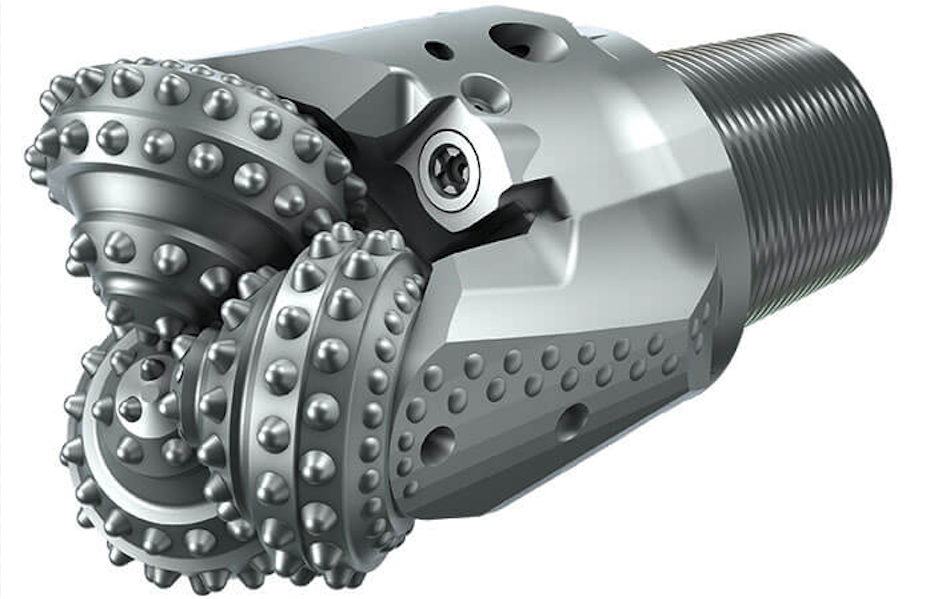
OCTG Tubing
Oil Country Tubular Goods (OCTG) tubing is a type of pipe that is used in the oil and gas industry to transport oil, natural gas, and other fluids from the wellhead to the surface. These pipes are typically made of steel and are designed to withstand the high pressures, temperatures, and corrosive environments of the oil and gas industry.
The OCTG tubing is typically made of a low carbon or alloy steel and is produced in a variety of sizes and grades. The most common grades used in the oil and gas industry include API J55, K55, N80, L80, P110, and Q125. Each grade has specific properties that make it suitable for different types of oil and gas wells. The tubing is typically produced in a seamless or Electric Resistance Welded (ERW) form.
The engineering specifications for the OCTG tubing are: • Size: typically from 1.05 inches to 4.5 inches in diameter • Length: typically from 20 to 40 feet • Wall thickness: typically from 0.125 inches to 0.625 inches • Grade: typically API J55, K55, N80, L80, P110, and Q125 • Standard: API 5CT
The OCTG tubing is designed to be both durable and efficient, with a range of features that make it well-suited for use in the oil and gas industry. The tubing's ability to withstand high pressures, temperatures, and corrosive environments make it a great option for various applications such as oil and gas production, water injection, and more. Additionally, the standardization of the tubing makes it easy to find a replacement or upgrade. The different grade of tubing available allows for a variety of well types and applications. The tubing is made to withstand the stresses of down-hole conditions and transportation to the surface. This makes it a critical component in the oil and gas industry.





